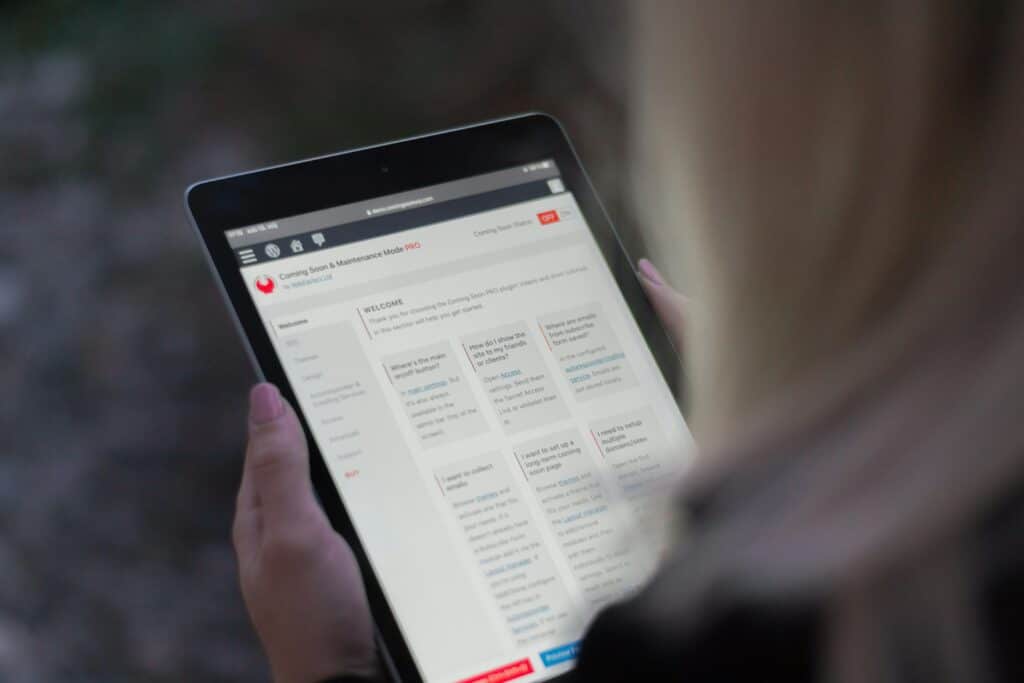Tired of tedious training sessions, long manuals, and frequent workshops? Not anymore! These outdated modes of learning and information dissemination are increasingly being replaced by new mediums of instruction. One of the promising methods is Microlearning.
Microlearning has evolved as a new-age eLearning solution for diverse fields. It is a strategy that enables the learners to comprehend bite-sized pieces of information in an engaging and interactive manner. In this blog, we will explore microlearning, its various types, and its inner workings.
So, let us get started.
IMAGE: UNSPLASH
How Does Microlearning Work?
For most custom eLearning solutions providers, emphasis is laid on offering microlearning modules for workforce training.
eLearning solutions bring benefits such as convenience and lower cost. Many companies are moving towards unconventional flipped classrooms in which employees are responsible for learning concepts at their own pace and practicing the acquired knowledge in organized training sessions.
This unique idea of putting employees in control of their own learning has several benefits.
It has been proven by research that breaking the learning period into fifteen-minute intervals accelerates learning and rebounds attention each time.
Microlearning involves short spurts of learning with periodic breaks to reset and improve learning outcomes. The reason behind microlearning is the fact that the human attention span is short, and continuous hours of learning might not be as productive as learning with regular breaks in between each session.
It is one of the most effective learning strategies for hyper-efficient learners. Microlearning has enabled the designing of an eLearning curriculum that focuses on learning preferences.
Different Types Of Microlearning
Microlearning takes place in multiple ways. Some of the common methods of microlearning are given below.
1. Microcopy
It consists of small text fragments that enable the user to effectively navigate through digital tools such as websites and apps. Microcopy often comes in the form of call-to-action buttons that take several forms, such as error messages, success messages, tooltips, notifications, and many more.
The messages help the users navigate effectively and take advantage of digital tools. It enables the creation of a fluid relationship between the user and the website or app.
2. Microlearning Videos
These videos offer learners an opportunity to gain knowledge through short and concise snips of information which is easily comprehended. Microlearning videos generally include interactive videos, micro-lectures, whiteboard animations, and text-based animations.
Microlearning videos are extremely effective for education, employee training, and customer service. A perfect blend of storytelling and visuals makes the microlearning videos quite successful.
3. Microlearning Apps
Microlearning Apps focus on micro lessons and micro-content, which is available on one accessible platform, enabling easy learning and skill acquisition. The apps can cater to diverse needs, such as employee resources and language learning.
Microlearning Apps generally have an intuitive UX, high team engagement, analytics tools for interpretation of user data, and effective content delivery mechanisms.
4. Microlearning Gaming
Microlearning games generally make use of gamification of information that enables the learners to acquire knowledge by playing the game. It is effective as it breaks down information into tiny pieces to facilitate learner retention.
Some of the common examples of microlearning games are puzzles, problem-solving, simulations, and strategy videos.
Certain features such as achievement tracker and leaderboard help in increasing employee engagement and significantly improve workflow and performance. Microlearning games tend to make use of job-based situations, precise learning language, and trackers for employee progression and comprehension.
5. Infographics
They are microlearning tools that employ visual representation of information in place of simple text. Some examples of infographics in the workplace are statistics, timelines, processes, geographic information, comparisons, and lists.
Infographics are visual tools that enable learners to summarize and retain information in an efficient manner.
Wrapping Up
Microlearning as an eLearning solution can be seamlessly integrated into business modules as well as educational learning goals. It has gained immense relevance in today’s age, where shorter attention spans lead to distracted learning. By engaging the learners’ neuro pathways, learning becomes quick and deep-rooted.
In this blog, we discussed the several dimensions of microlearning, such as the various types of microlearning, the working mechanism behind it, and multiple contributions to the learning process.
Hopefully, this was helpful.
IMAGE: UNSPLASH
If you are interested in even more technology-related articles and information from us here at Bit Rebels, then we have a lot to choose from.


COMMENTS